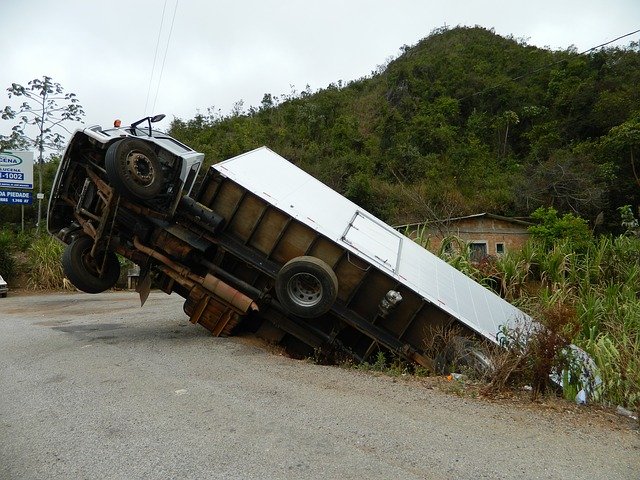Rental Accidents: What to do When You Wreck Your Moving Truck
Image by Joyce Campos from Pixabay
Large box-type rental trucks are among the most difficult vehicles the average driver will have to operate and are disproportionately involved in collisions. Large rental trucks, especially if they are packed to the brim, are hard to maneuver, take longer to come to a complete stop, and can cause significant damage even in relatively minor accidents. Rental companies do offer insurance that covers property damage (to the truck and other vehicles involved in the accident) and personal injury but doesn’t offer much coverage for the personal property in the truck.
Rental Truck Insurance
All rental truck companies maintain insurance policies. The rental “agreement” with the company isn’t a new insurance policy; rather, it is an agreement between the rental company and the driver that its insurance policy will cover the driver. For most in-city or in-county relocations, the insurance may cost between $15.00 and $100.00. For longer moves between states or cities, it can cost several hundred dollars. However, the insurance also ensures that he isn’t liable for possibly thousands of dollars in property and personal injury claims if the driver is involved in an accident.
What to do after an accident
First, the driver should ensure that no one was seriously injured, necessitating an ambulance. Second, the driver should gather the contact information for the other participants in the accident. If multiple parties are involved in the accident, then the driver needs to get all of their information. The driver should also get the contact information for witnesses to the accident. The driver should also provide the other parties in the accident with his or her contact information and the rental truck insurance information. Most auto and credit card insurance policies specifically exclude moving truck accidents from coverage. Therefore, the driver will need rental truck insurance, or he may be personally liable.
Third, the driver should take pictures of the damage. The driver should also photograph the vehicle’s relative positions to provide context to the accident. The driver may also want to screenshot the accident site on Google Maps and screenshot it, so cross-streets and directions are clear.
Fourth, the driver should call his or her rental company and inform them of the accident. The rental company will collect basic details:
- Who was involved,
- Where did it occur,
- The contact information of everyone involved, and
- The information about the truck to confirm it is covered by insurance.
Finally, the insurance company will contact the driver to get the same information. The insurance company will need to know who was involved, where the accident occurred, the damage to the vehicles, the contact, insurance information for the other drivers, and the contact information for potential witnesses. At this point, the driver is usually no longer involved in the process as the insurance company will handle settling the claim with the other participants.
Potential Issues
Potential issues arise if the driver lacks rental truck insurance, in which case the other participants or the rental company may sue the driver for their damages. Issues may also arise if the insurance policy doesn’t cover all the damages from the accident.

